Children are notable users, future creators and decision-makers of our cities! Arkki’s Learning Via Participation model enables children to positively influence their environment through a real democratic urban design process. Refined for a decade, it provides a more inclusive, sustainable and participatory decision making model to be implemented anywhere. Authorities, architects, and children working together enable transfer of knowledge and inclusion of viewpoints of various interest groups.
NEB Prizes 2021: All Applications
Filter by
Applications (2025)
Showing results 341 to 350
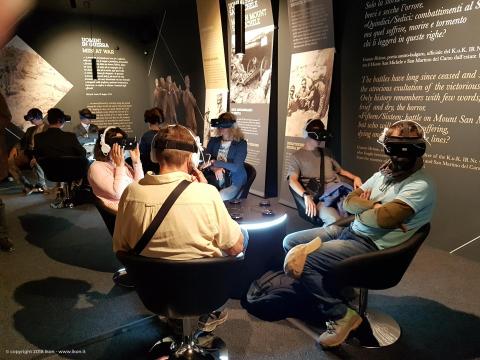
Remembrance is necessary, even when it’s painful. A hundred years ago, the First World War devastated cities and landscapes – and people’s souls. As it did the Karst Plateau, a historically important area between Italy and Slovenia. The CariGO GREEN3 project reveals history, culture and future of the landscape in an immersive digital storytelling which aims to promote more sustainable tourism patterns and attract massive seaside tourism of the region to experience the hinterland's heritage.
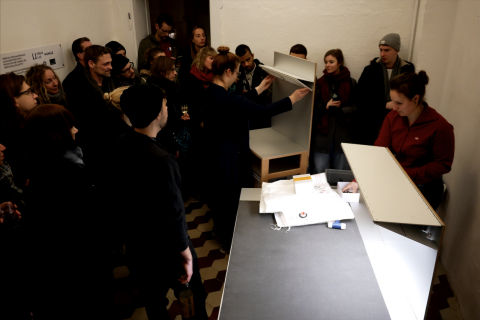
Raumparasit is a module piece of furniture, that offers creatives the necessary infrastructure to temporarily turn vacant spaces into workplaces.
Porta Nuova is the biggest urban redevelopment project ever carried out in the heart of Milan. The project extends over 3 neighbourhoods and involved a 29ha brownfield site which has been deteriorating for over 50 years. The project promotes a vision of sustainability, tackling urban, infrastructural and environmental issues, upgrading of the public realm by the implementation of high quality public spaces, new squares, pedestrian paths and public gardens within novel P-P-P models.
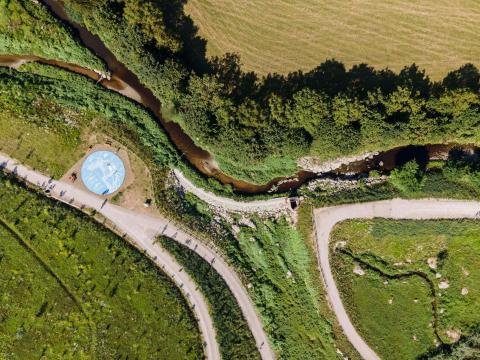
The project was designed to mitigate the flooding phenomena which affect the metropolitan area of Milan during intense rains, which are more and more frequent and extreme as a result of climate change and soil sealing. A permanent wetland with hygrophilous vegetation has been created thanks to two basins designed to collect water from the stream in the event of flooding and to the adjacent pond fed with groundwater. The natural park became a loved new destination for flora, fauna and people.
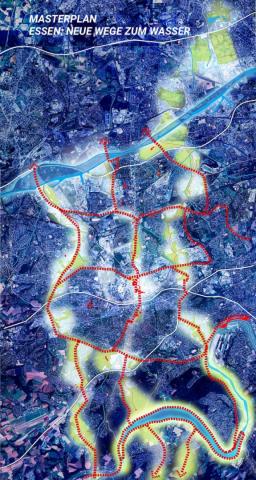
The redevelopment or “cultivation” of infrastructures within our environment becomes more important as urbanized areas are condensed like never before and the usage of outdated industries changes. The shift from construction to cultivation of the areas we are working on is inevitable. The Krupp Park in Essen, Germany is an example of the change of land use based on the change of societal values and the establishment of nature-based solutions.
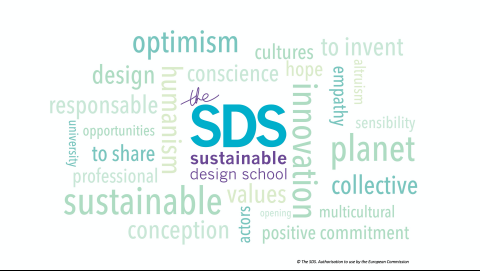
↵
The Sustainable Design School is an undergraduate and postgraduate school. We strive to empower students to become Designers in Sustainable Innovation.Our model of education is based on creativity, team work, and projects. We use design as a facilitation tool for solving problems in a sustainable, aesthetic, and inclusive way. We work in partnership with the innovative actors of our territory, companies, NGOs, local governments, to conceive solutions to respond to existing sustainable issues.
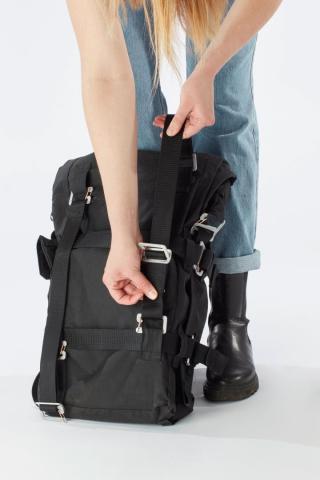
Konglomerat is a design ideological approach, to develop a new product culture, suitable for a circular economy.
Since backpacks are consisting of up to 220 firmly attached parts, made from different materials, they do not get recycled, but burned in the end of their life.
My modular bags are consisting of various components made from different monomaterials.
Every component can be easily attached or detached to form other bag compositions.
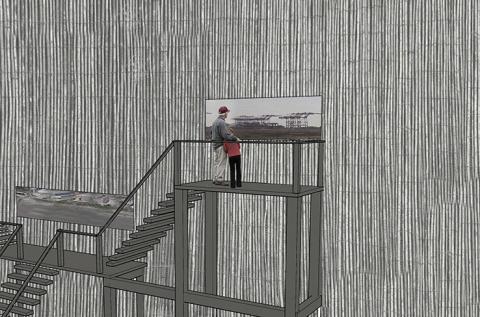
In a natural area that has suffered several transformations during the years because of the expansion of the industrial areas that surround it, the proposal aims to take action and raise awareness on our endangered environments. How? Offering a sensorial experience of walking through a sustainable intervention. A path that recovers the traces of the past, linking the visitor with the territory and proposing a social and environmental reflection on the urgency of our commitment with the planet.
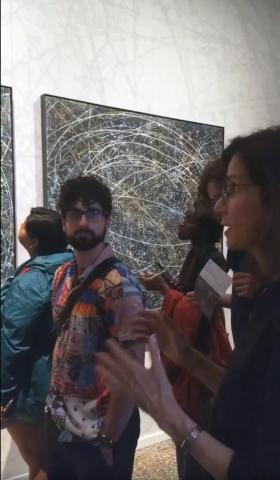
Goldsleger's painting exhibition challenges viewers to immerse themselves in places where environmental and socio-economic events occur, the effects of which are felt worldwide. Her art calls for sustainability and embraces "multiple interpretations while conveying her sensitivity for the human experience. Her diagrammatic images also suggest natural and societal orders and serve as a reminder of the transitory realities present within contemporary society." (Curator Shannon Morris)
